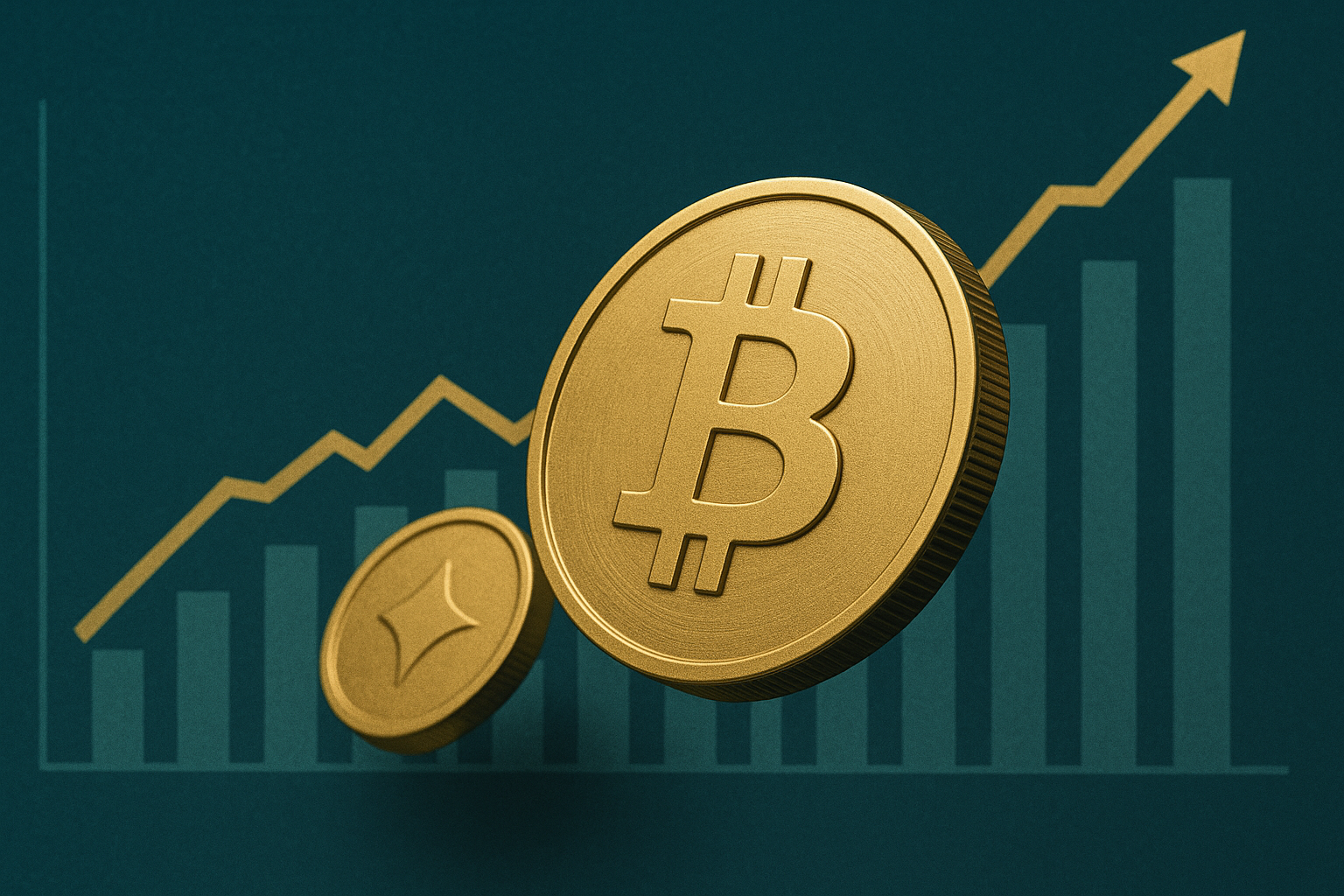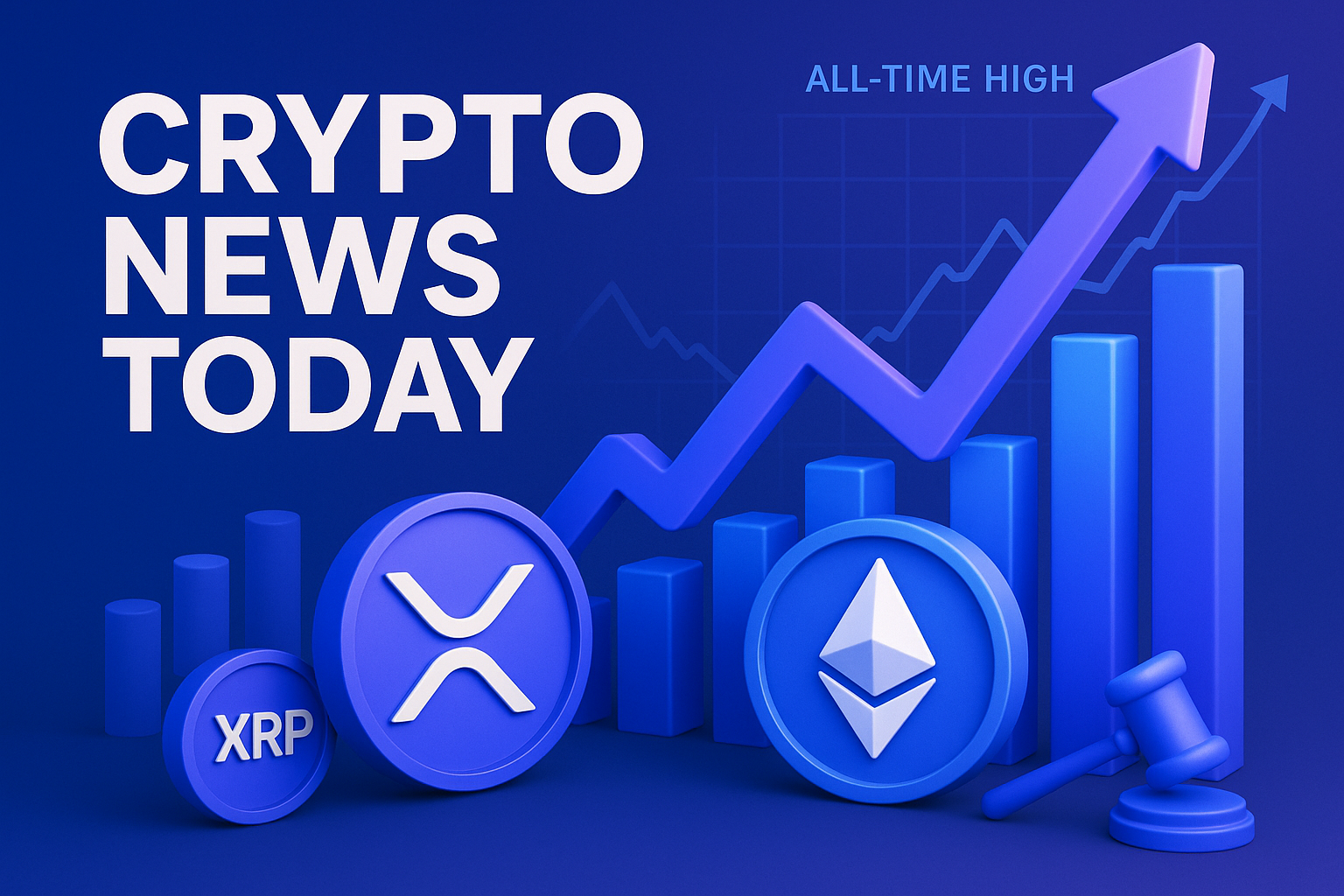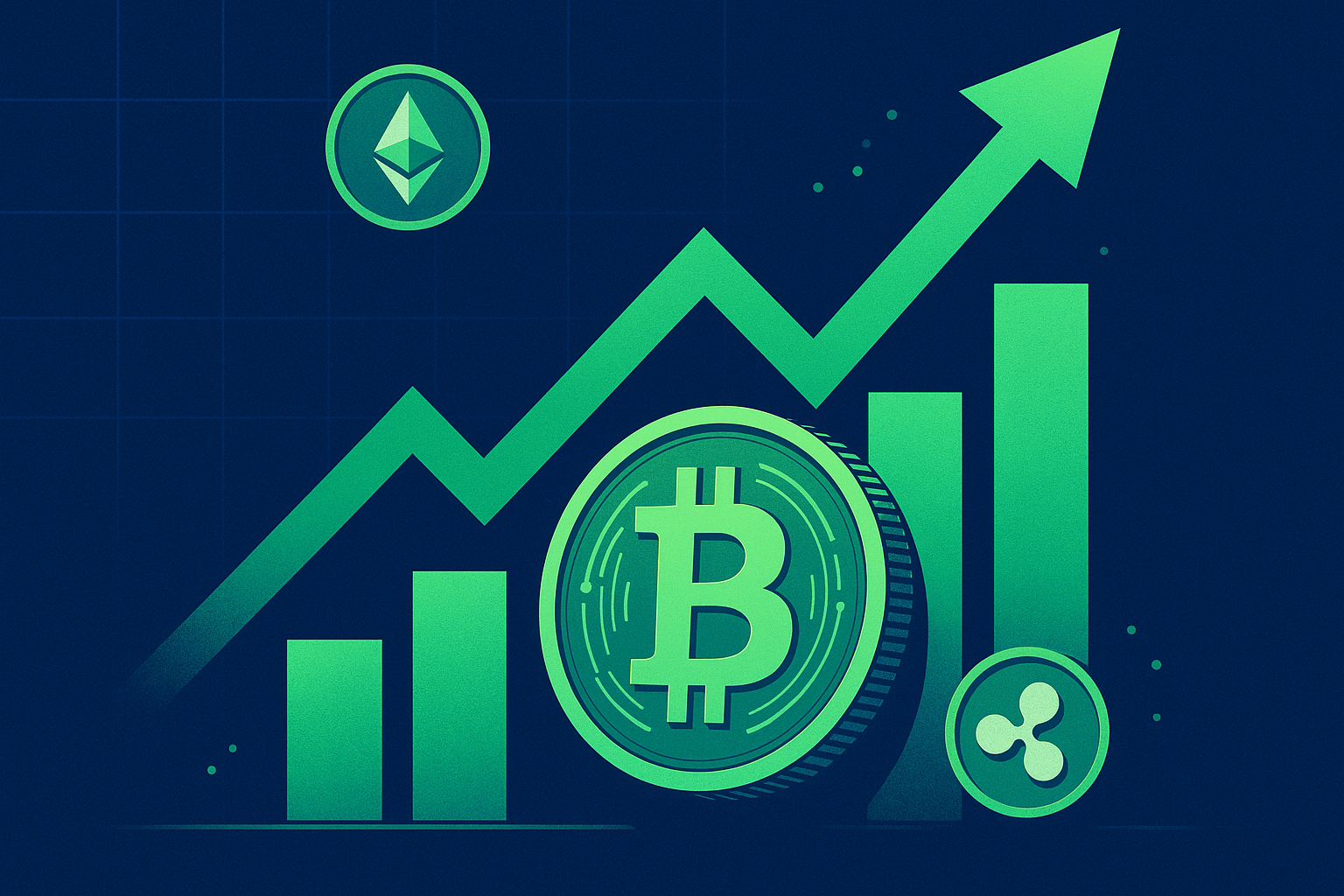What if I told you the most celebrated number in DeFi right now—$513.5 billion in 30-day DEX volume—might be masking a far riskier story? I’ve spent the last few weeks ping-ponging between on-chain dashboards, Telegram dev chats, and the occasional late-night Zoom with anonymous market-makers. The deeper I dug, the shakier the victory parade felt.
Here's What Actually Happened
First, the headline figure: decentralized exchanges (DEXs) collectively moved $513.5 billion in the past month. That’s $15.93 billion every single day. Keep that pace up for a year and we’re talking north of $6 trillion—roughly the GDP of Japan, to put things in perspective.
Leading the charge? PancakeSwap. According to DefiLlama’s V2 metrics, the BNB Chain darling snatched roughly 16 percent of total DEX volume, widening its gap over Uniswap v3 on Ethereum mainnet for the second month in a row. The news cycle quickly crowned PancakeSwap as DeFi’s new heavyweight champ. But—now here’s the interesting part—nobody’s asking why the kitchen suddenly got so hot.
Wait, Where Did All That Volume Come From?
Flip open any CoinGecko chart and you’ll see the same pattern: a violent uptick around mid-month, right when four well-known whale wallets rotated nine-figure bags from Ethereum into BNB Chain. My own Etherscan deep dive links at least two of those addresses to Alameda’s old arbitrage bots—yes, the same ghosts from the FTX wreckage. Coincidence? Maybe. But I’ve learned to raise an eyebrow whenever dormant whales suddenly dust off multisig keys.
Let’s break down the mechanics. PancakeSwap launched its v4 “Kitchen Sink” incentives on May 8: double-dip yield, boosted farm multipliers, and enough syrupy CAKE emissions to give any LP a sugar rush. Market-makers followed the sweet smell of free yield, piling stablecoin pairs into the protocol. Automated arbitrage then pinged prices across BNB‐EVM side-chains, inflating gross volume without necessarily reflecting organic user demand.
If you’re thinking “isn’t that just DeFi?”, you’re not wrong. But it also means a big slice of that half-trillion could vanish the second incentives cool down. Remember SushiSwap’s vampire mining spree in 2020? Same playbook, different chain.
Uniswap Isn't Exactly Crying in the Corner
Meanwhile, Uniswap v3 and v4 combined still account for about $65 billion of the monthly haul. I spoke with a senior engineer at ConsenSys (off-record) who said the upcoming sybil-resistant fee switch could flip the script again. "Traders go where the liquidity is cheapest. If we lower slippage on ETH pairs by 5–7 bps post-merge of v4 hooks, a lot of that cake gets re-sliced," he joked.
That’s nice in theory, but it glosses over real pain points. Gas spikes during the latest meme-coin frenzy shoved Uniswap’s average swap fee above $40, pricing out smaller wallets. PancakeSwap processed the same trade for 25 cents. Until Ethereum’s danksharding rolls out—best-case Q1 2025—BNB Chain and its copy-paste rollups are free to undercut.
Metaverse to the Rescue? Don’t Bet Your Ledger
Some analysts argue cheaper blockspace will turbocharge metaverse tokens, driving even more DEX traffic. I’m not sold. We’ve been promised Ready Player One since CryptoKitties clogged the chain six years ago. Yet, aside from a few Axie Lunacians, nobody’s logging six hours a day inside a polygonal casino. If buoyant DEX volume rests on yet-to-materialize metaverse hype, consider me officially skeptical.
The Developers I Talked To Are Hearing Footsteps
During EthCC last month, I cornered two PancakeSwap core contributors (they insisted on first-name-only anonymity). When I asked whether the protocol could sustain yields without continual CAKE emissions, one paused, exhaled, and said, "We’re working on a veCAKE model." That’s shorthand for vote-escrowed tokenomics—think Curve’s veCRV. Lock tokens longer, earn more fees. It’s elegant but also a tacit admission that bribery masquerading as governance is the glue holding DeFi liquidity together right now.
The other dev chimed in: "If Binance decides to pivot or tighten BEP20 listing guidelines, our user inflow could dry up overnight." An honest statement—and one centralization risk Uniswap can gleefully pin on its rival.
Is Wash-Trading a Dirty Secret Hiding in Plain Sight?
Back home, I punched PancakeSwap’s raw on-chain numbers through Nansen’s liquidity-screening API. Roughly 18% of the top-line volume involved the same wallets swapping in concentric circles. Some of that is normal market-making. But an 18% echo chamber? That’s enough to move the needle from “healthy liquidity” to “optical illusion.”
And here's a curveball: regulatory watchdog Chainalysis flagged BNB Chain as the third-largest recipient of mixer-tagged funds this quarter. If sanctioned wallets are spoofing trades to launder volume, expect the SEC to flex sooner rather than later. Gary Gensler can’t resist a headline about offshore wash-trading.
Why This Matters for Your Portfolio
Look, I’m not saying ditch PancakeSwap tomorrow. The protocol has proven resilient through three market cycles, and its front-end UX puts many CEXs to shame. But treating that $500 billion figure as gospel is dangerous. Incentives fade, regulators prowl, and mercenary capital migrates to the next sugar high.
If you’re providing liquidity, monitor the real yield (fees minus impermanent loss) rather than the flashy APR. Tools like APY.Vision or DeBank give a clearer snapshot. And never forget that win-win yield turns to musical chairs once token emissions halt. Someone ends up without a seat.
So, Where Do We Go From Here?
I’m watching three signals:
- BNB Chain gas spikes. If average gas climbs above 10 gwei for more than a week, incentive ROI shrinks and LPs flee.
- Uniswap’s v4 fee hooks. Early GitHub commits show team members experimenting with dynamic maker rebates. Could neutralize PancakeSwap’s edge.
- Regulatory chatter. An SEC Wells Notice aimed at Binance could choke on-ramp liquidity and, by extension, PancakeSwap volume.
Any one of those could slice that $6 trillion annualized fantasy in half.
The Bottom Line (And My Gut Take)
I love juicy numbers as much as the next degen, but volume without context is just noise. PancakeSwap may be strutting on the podium today, yet the under-examined mechanics—aggressive incentives, opaque whale flows, and potential wash-trading—suggest the trophy is far from secured.
“Liquidity is a fickle lover—it leaves the moment the freebies stop.” — anonymous market-maker, Telegram DM
Call me cynical, but I’m betting we revisit that $500 billion milestone before year-end, only this time with half the sparkle. Unless BNB Chain can onboard genuinely new users instead of recycled capital, the celebration balloons might pop quicker than a CAKE farming APY chart.
Prediction: DEX volume retraces to the $300–350 billion monthly range by Q4 unless Uniswap’s gas costs explode again or PancakeSwap unveils a game-changing veCAKE model that actually sticks.



